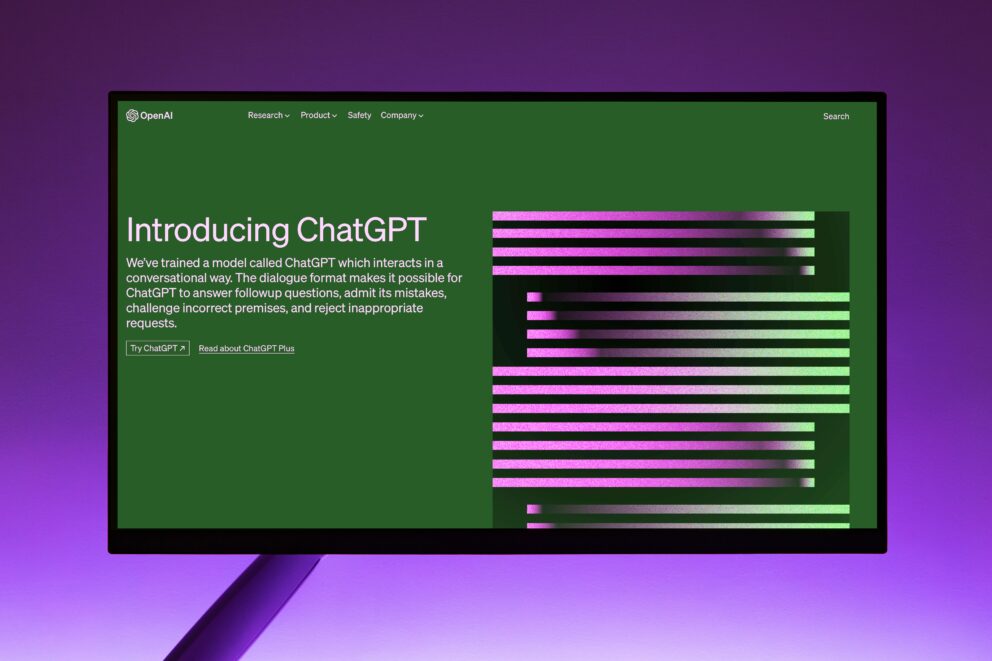Your Content’s Shelf Life: How to Ensure It Stays Fresh and Valuable

Summary
Cleaning our your B2B content library? In this blog post, learn what content to refresh, when it needs to be revisited and how to repurpose content strategically.
By Brittany Lieu, Marketing Consultant at Heinz Marketing
Much like the produce in your fridge, your content does not have a forever shelf life. As your content repository grows, you’ve probably wondered:
- What content needs a refresh?
- When does content need to be updated?
- How should content be repurposed strategically?
Like your business, your content should continually evolve. One of the best ways to keep organic traffic growing, maximize your resources, boost SEO, and drive engagement is by investing in content maintenance.
Revisiting existing content and making updates likely falls low on your list of top priorities, but marketers agree refreshing and repurposing content is vital to an impactful B2B marketing strategy.
In fact, 42% of marketers attribute updating and repurposing existing content to successful marketing campaigns (SEMrush). While 46% of marketers find repurposing content more effective than creating new content, and 65% consider it more cost-effective than new content or minor updates (Referral Rock).
So, let’s start with the first question. What content should you be revisiting?
Content Winners
If you don’t already have one, your content audit is the first stop of this journey. For many, conducting and documenting a content audit from scratch can be a daunting task but it doesn’t have to be a painful one. Whether you have the time and resources for a full or condensed content audit, identify the distribution of content topics, formats, targeted personas, and publish dates across your owned media.
With a baseline understanding of what content you are working with, you can then lean into the 80/20 rule of content marketing: 80% of results are generated by 20% of your content. Not every blog, guide, or eBook is going to be a winner, but doubling down on the ones that are will help you create a repeatable process for creating winning content. Analyze underperforming and take inventory of the content that is garnering high traffic, engagement, or both.
Content Makeovers
When or how frequently should content be updated? Like maintaining a content audit, content maintenance is an ongoing process. As you build your next marketing campaign or revamp your website, keeping content published within the last two years is our rule of thumb.
Once you’ve pinpointed which content pieces are in need of a facelift, here are a few key changes to make:
- Replace dated statistics, facts, quotes, and references. The obvious and easiest first step is to make sure you remove old dates and information from your content pieces.
- Evaluate readability and user experience. Is the content piece optimized for the reader? Take a look at things like copy formatting, paragraph breaks, use of bullets and graphics or visuals.
- Add depth and actionable advice. Adding unique value will help your content stand out from others. Edit your content to include specific examples from your own experiences, recently published reports, or other resources to support your arguments without deviating from the main topic.
- Double-check against SEO best practices. It also never hurts to check on-page SEO to ensure you are incorporating the right keywords and leverage tactics like internal linking and meta descriptions.
Content Legos
Lastly, how should you repurpose your content strategically?
In addition to making updates and edits to your content, another way to maximize existing content is through repurposing and reformatting.
Like Lego pieces, I like to think content can be taken apart and rebuilt into something new. In other words, look for opportunities to expand shorter or divide up longer high-performing content to create new offers.
Here are a few examples of ways to do this:
- Create blogs or a blog series. Turn a comprehensive guide or long-form article into a series of shorter blog posts. Each post can focus on a specific subtopic or aspect covered in the original piece.
- Convert to infographics. Visual content is highly shareable and easily digestible. Condense statistics, key points, or data from a research report into an infographic.
- Design eBooks or guides. Combine several related blog posts or articles into a downloadable eBook or guide.
- Create podcasts. Convert written content into podcast episodes (and visa versa). This is a great way to reach an audience that prefers audio content.
Great content can be developed with the right formula and often times existing content is the perfect starting point. As you continue to grow your content library, remember content is not static but an ever-evolving asset that can continue to deliver in multiple ways.




